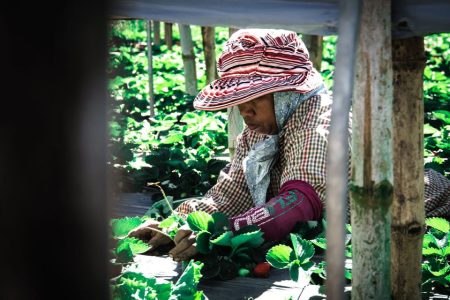Almost 180,000 non-resident workers were employed in the SAR at the end of March, a rise of 16 percent year-on-year, according to data from the Labour Affairs Bureau (also referred to by its Portuguese initials DSAL).
The figure is still roughly 9 percent less than the level in December 2019 – just before the Covid-19 pandemic struck. That month saw a high of around 196,500 foreign workers.
Mainland Chinese workers continue to make up the vast majority of non-resident employees in Macao, accounting for nearly 68 percent of the migrant worker population, with a total of almost 122,000. The figure marks a year-on-year increase of just over 13 percent.
Workers from the Philippines make up the second biggest migrant worker community, with approximately 30,000 workers or roughly 17 percent of the total. Their numbers are 22 percent higher than they were in March 2023.
[See more: Macao’s new trade union law will not ‘empower the workers’ says lawmaker]
Vietnam supplies the third largest number of non-resident workers, totalling nearly 8,000 or an increase of almost 10 percent year-on-year. Meanwhile, the Indonesian migrant worker population witnessed the greatest growth, increasing by 36 percent compared to last March and numbering some 6,500.
The data also showed that the vast majority of non-resident workers had jobs in the hotel and restaurant sector, which registered a total of almost 50,600 workers. In terms of growth, the hospitality trade expanded its migrant worker population by approximately 32 percent year-on-year, which was by far the biggest among all the industries.
Construction was second, employing around 30,350 foreign workers, representing a growth of almost 10 percent in comparison to the same period last year.
Domestic workers ranked third, recording a total of around 26,100 migrant employees, equivalent to a growth of 12 percent year-on-year.






